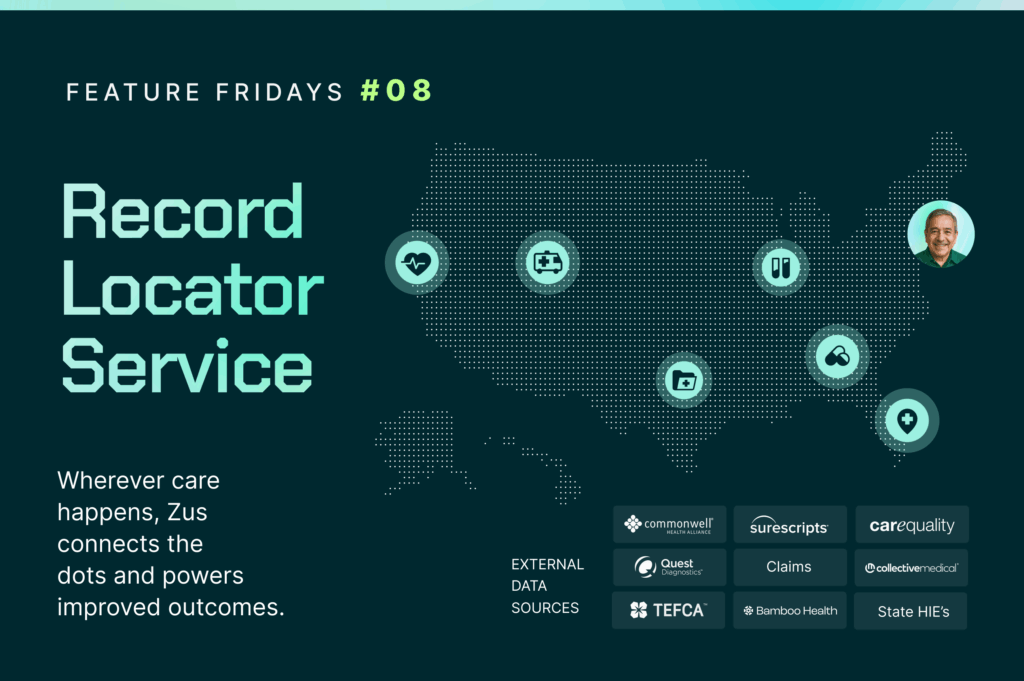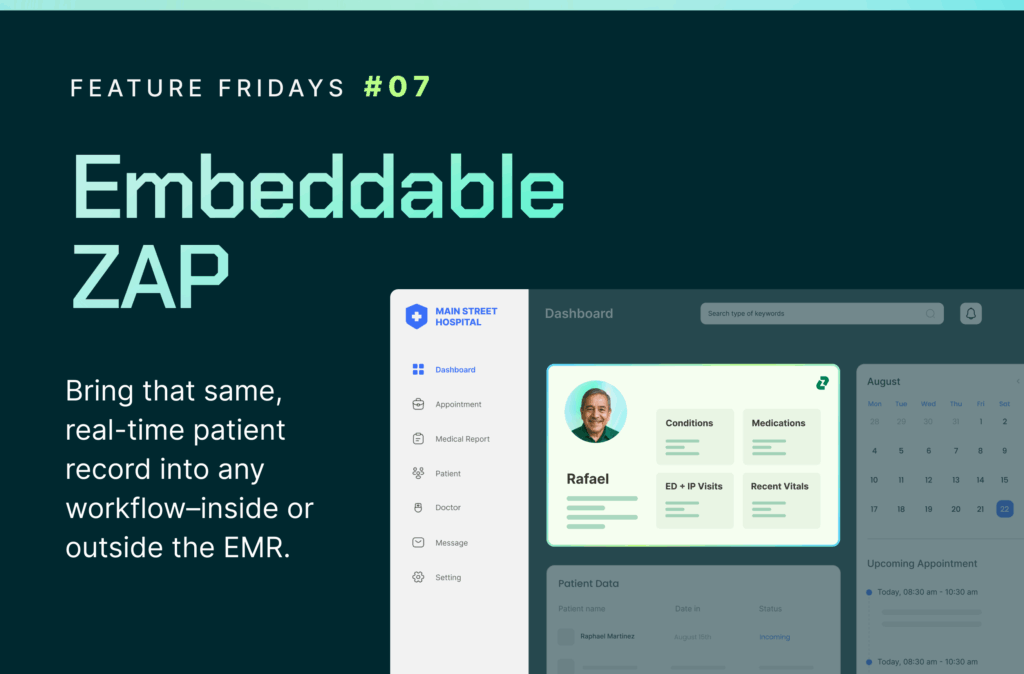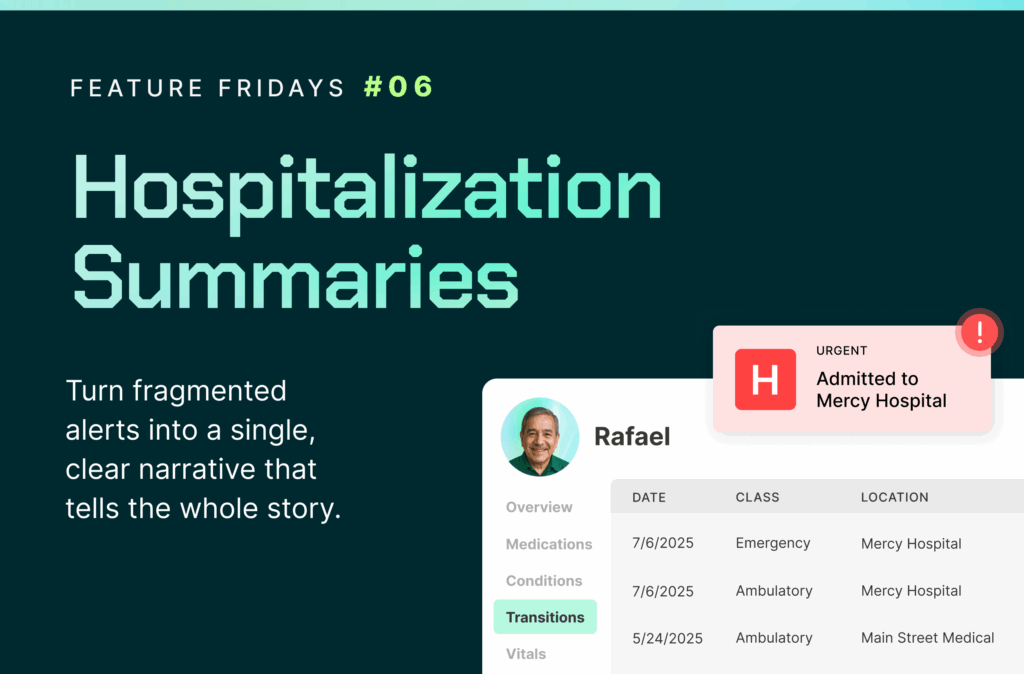The sweet and mousey little emergent world of healthcare data seems to have gotten a little salty of late! Mostly good people (obvy) have struggled to do mostly the right thing despite mostly conflicted business motives. Oof.
Zus co-hosted a dinner with Imagine Pediatrics last month, and we got a prequel to the struggle. There were individual “influencer docs”, an urgent care chain, a large community clinic…and of course a loved and respected academic medical center. The last of these genuinely felt as though the data interoperability problem was small since “so much of our care happens under our roof” and that the rest of it could be solved if everyone got on Epic, the electronic medical record giant, alongside them. Needless to say, the rover influencer docs and the urgent care player were thrilled about buying Epic as a way to see patient data.
I remember during the “Meaningful Use” implementation of the HITECH Act, there was a sentiment among HHS leadership that “too many EMRs would be a bad thing because coordinating among them would be too hard.” I tend to agree…VERY HARD – BUT NOT IMPOSSIBLE. And in fact, extremely doable and increasingly easy as the “doing” gets done more. When we started at Zus, we could find something like 60% of the patients we were looking for via the national networks (CommonWell, Carequality, etc.) and got only a few records each for those. Now we get records for most everyone…and we have more than one path to acquiring data for most everyone as well. Furthermore, we are able to consolidate the data we harvest into different views that make sense for different personas….this makes for a digital information base camp from which MANY different workflows by many different personas can be built without losing coordination of care. In fact, this typically results in BETTER coordination than would have been possible on any of the systems from which these pieces of a patient’s picture are harvested.
Additionally, I think this “fewer players is easier” thinking – however well meant – is dangerous. It’s dangerous because of the implications of more monopoly power. It creates single (or small-numbered) points of failure…failure being defined either as literal failure like what happened to Change Healthcare or governance failure like what happened with Particle and Epic.
Both government and industry in healthcare seem to gravitate AWAY from distributed systems and authority. A lack of hands-on affirmative control seems unsettling relative to slower moving, “waterfall” type governance that dominates established providers and payers. But if we are to evolve, we MUST have players OUTSIDE the top-down system able to play. I watched a lovely man who runs a decent-sized hospital system whose care is VERY expensive give a plaintive speech to his local chamber of commerce. His theme was, “I know the care is expensive to you, but we don’t make much money on it, I promise…” It was a morality play, essentially – I’m not the bad guy because I don’t profit. Of course, a virtual-first care provider can deliver DOUBLE the care the executive was talking about for HALF the price…and make FIVE TIMES THE MARGIN while doing it!! Is that virtual player immoral for its high margins…or a hero for improving the cost of patient care? The good guys are not going to be the people who are just morally good. It will be the ones who actually improve the status quo. Who rip out the bloat that conscientious leaders of dominant players could never muster the approval from their boards, and unions and doctor committees to do.
Featured photo by Mike Lewis HeadSmart Media on Unsplash




